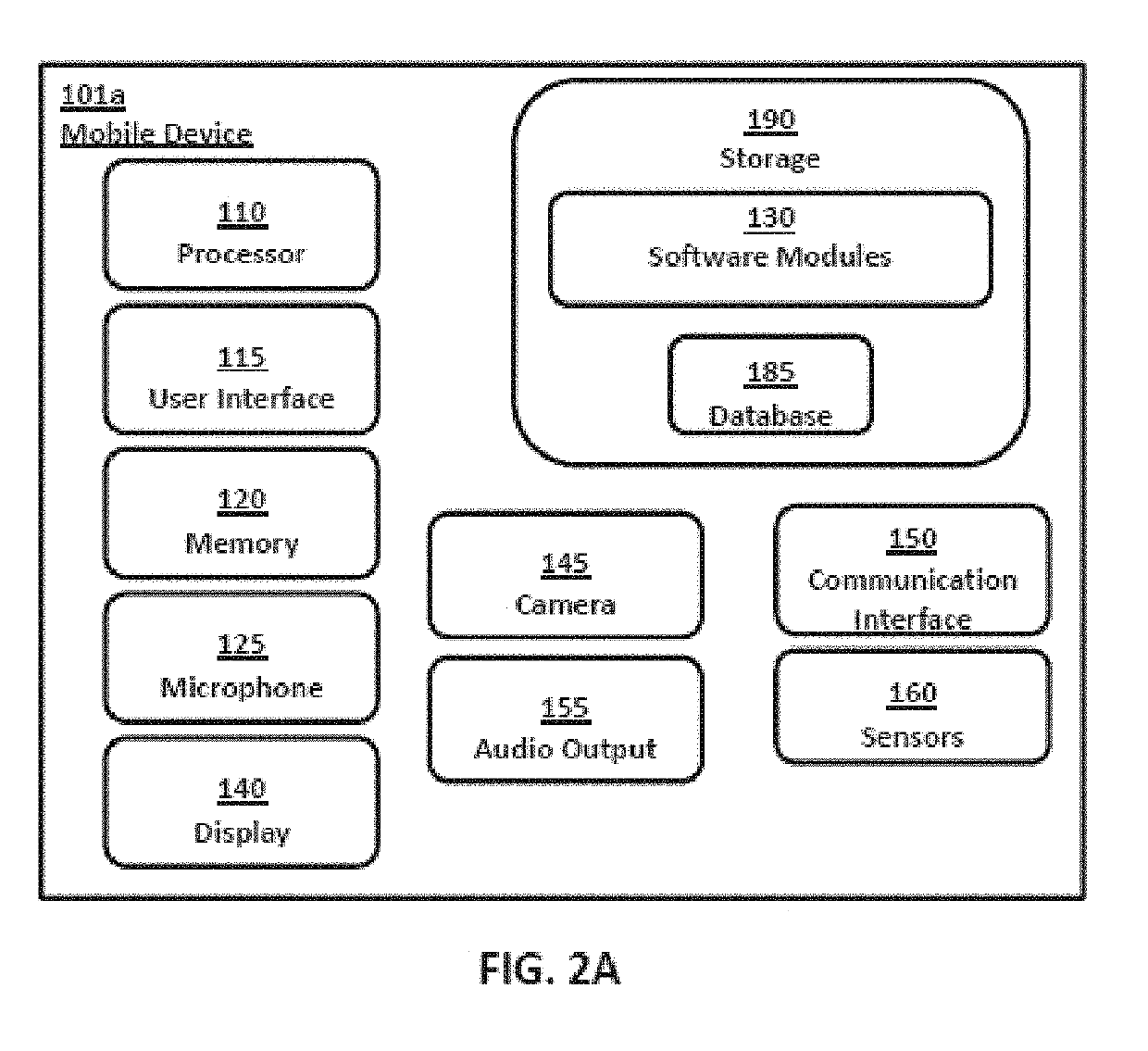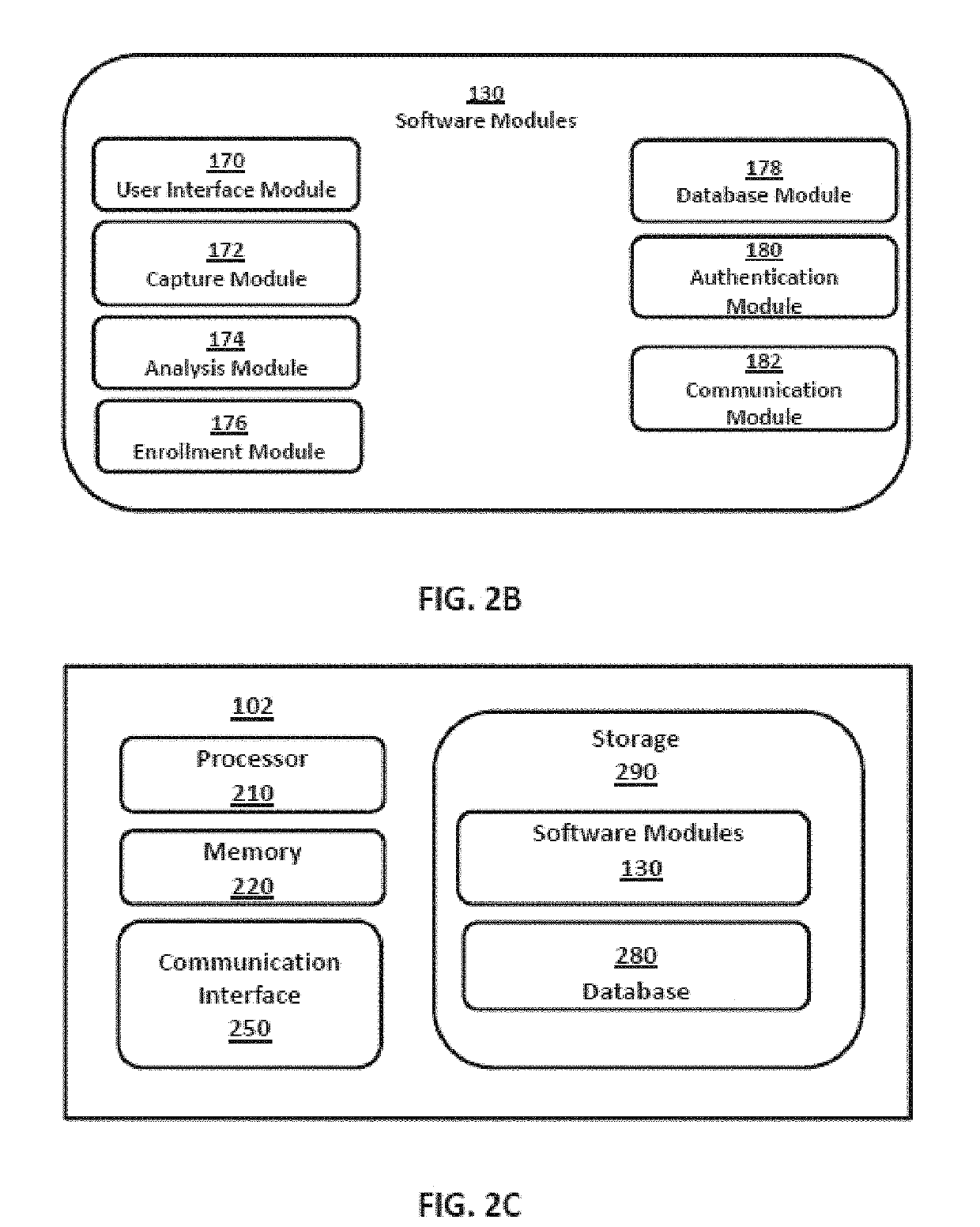Systems and methods for performing fingerprint based user authentication using imagery captured using mobile devices
a mobile device and fingerprint technology, applied in digital data authentication, instruments, computing, etc., can solve the problems of illegal adoption of newborns, affecting the adoption process, and being difficult to implement on conventional smartphones
- Summary
- Abstract
- Description
- Claims
- Application Information
AI Technical Summary
Benefits of technology
Problems solved by technology
Method used
Image
Examples
embodiment a
[0237]CNNs can be used as part of a fingerprint matching process. This approach involves training a CNN where each person's finger is a class. The training can include various instances of the person's fingerprints and the testing / matching will be performed on an unseen instance of a previously seen person. Therefore, by using this approach a test fingerprint will be classified to a previously seen person.
embodiment b
[0238]The system can also use the previous model to identify and verify a previously unseen person. In this approach a new person will obtain a vector of probabilities where each value in this vector represents how similar the person is to a particular person. This vector may be used to represent the person in identification and verification.
embodiment c
[0239]In the previous case, the model has been trained for a fixed number of people. While this provides high classification performance for previously seen people, if a new person needs to be authenticated, the CNN may not be able to fully represent them. To change the CNN features from person specific features to generic fingerprint features, a two-step training process can be used. The first involves training a CNN similar to the classification of the one-to-many case. However, a second training phase is performed based on similarity learning which continues the training of the classification model. This new model can be used on previously unseen people that were not present in the classification stage.
[0240]For example, by applying the CNN with the trained similarity learning model, a feature vector for both a previously unseen verification fingerprint and an enrolled fingerprint can be obtained. By comparing the two fingerprints we can perform verification where the more simila...
PUM
 Login to View More
Login to View More Abstract
Description
Claims
Application Information
 Login to View More
Login to View More - R&D
- Intellectual Property
- Life Sciences
- Materials
- Tech Scout
- Unparalleled Data Quality
- Higher Quality Content
- 60% Fewer Hallucinations
Browse by: Latest US Patents, China's latest patents, Technical Efficacy Thesaurus, Application Domain, Technology Topic, Popular Technical Reports.
© 2025 PatSnap. All rights reserved.Legal|Privacy policy|Modern Slavery Act Transparency Statement|Sitemap|About US| Contact US: help@patsnap.com



